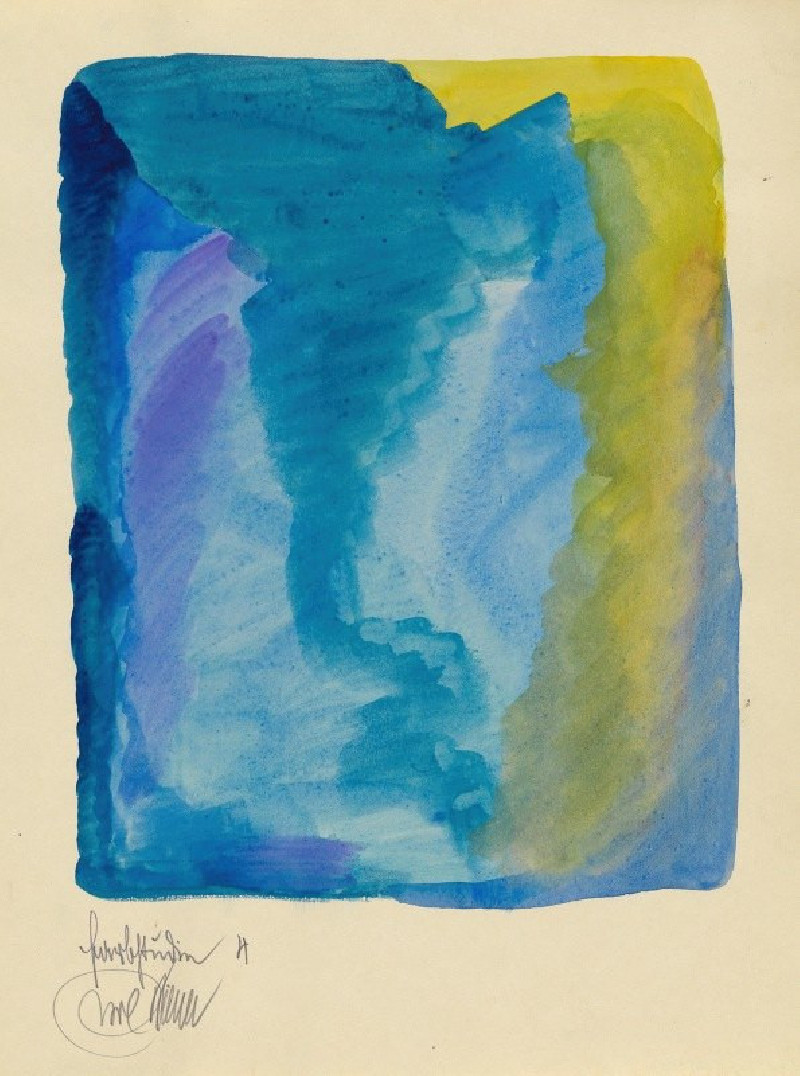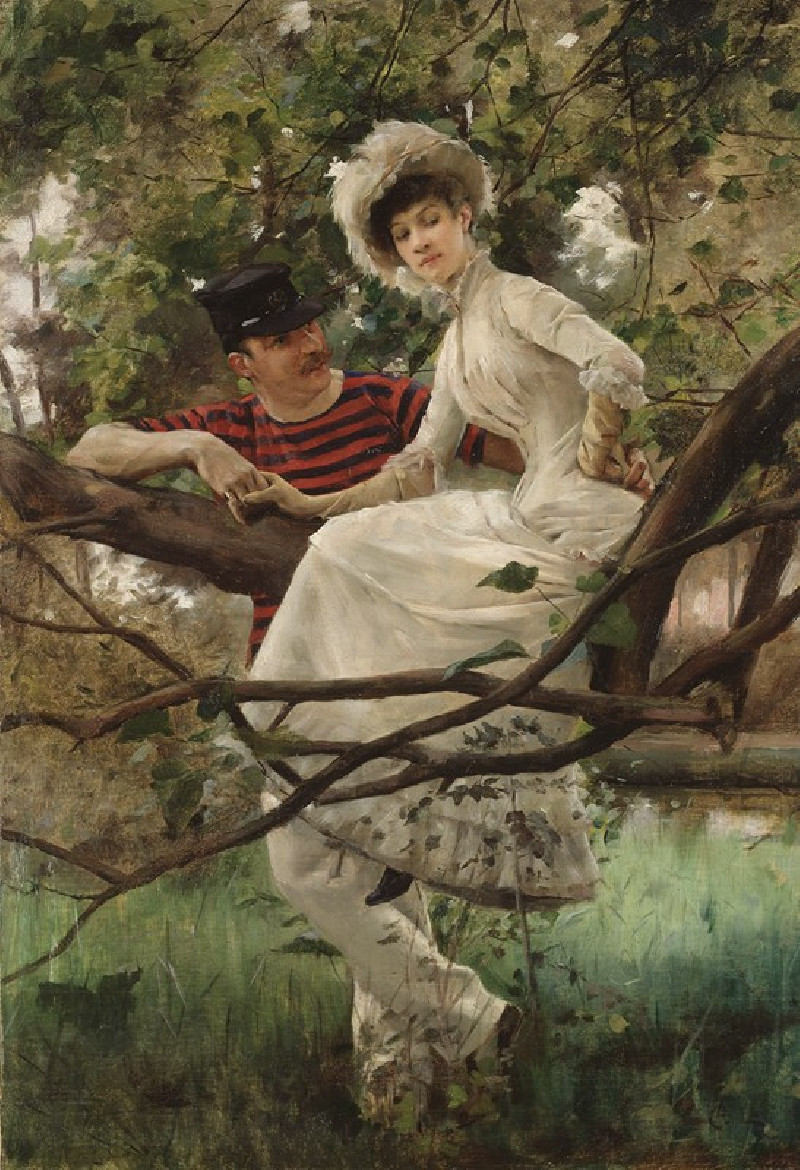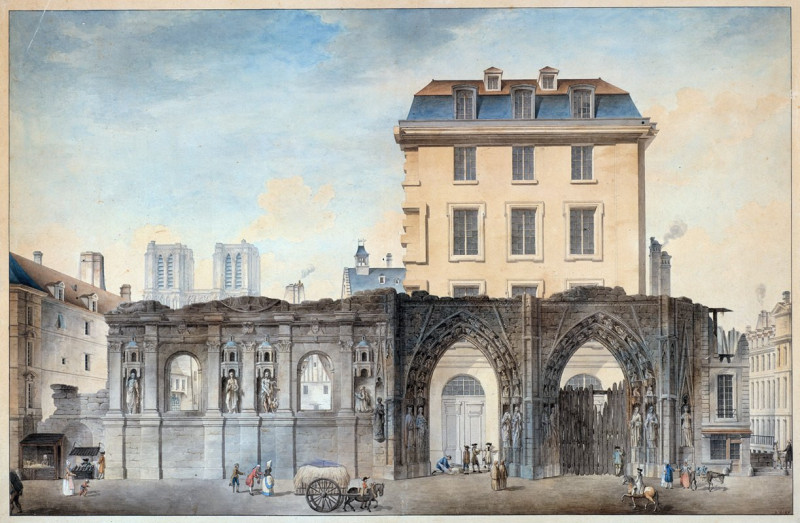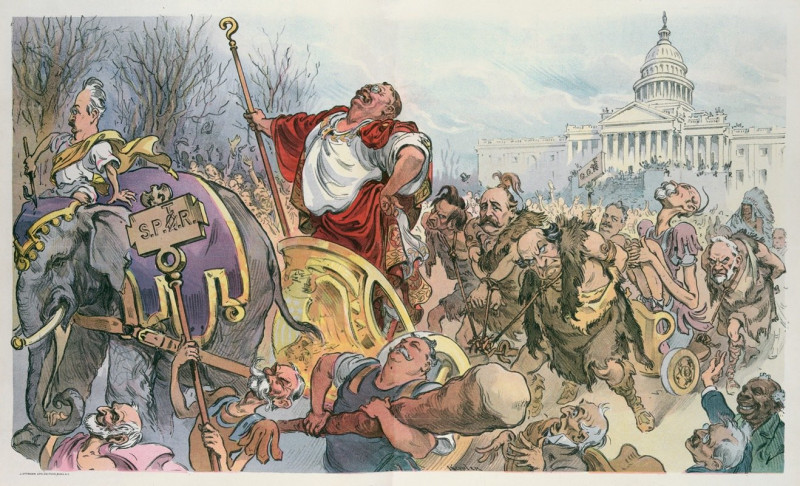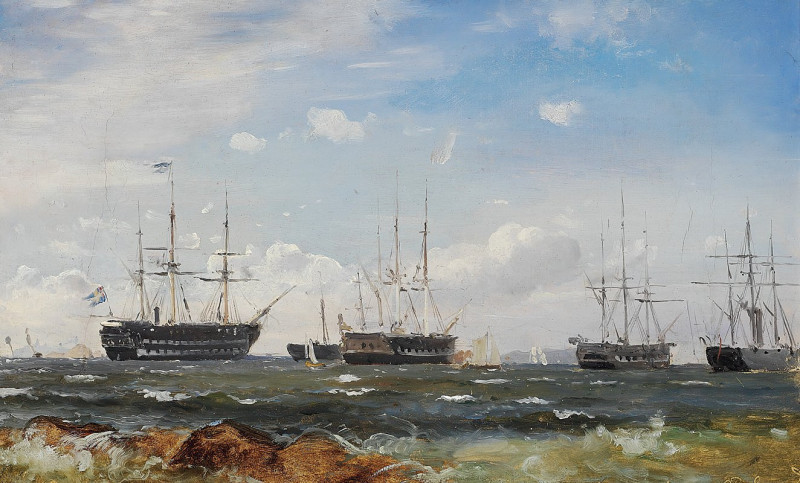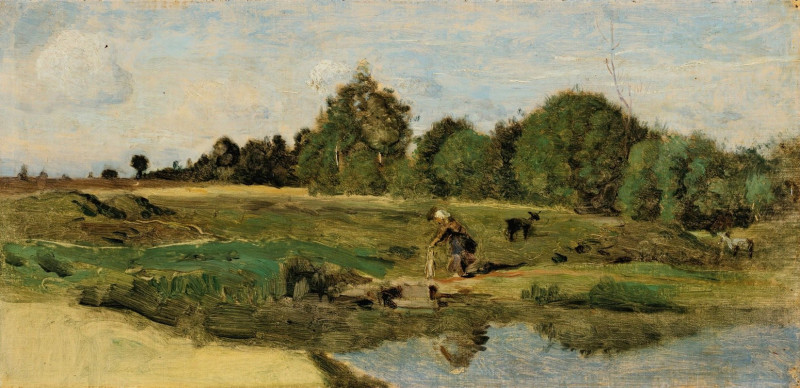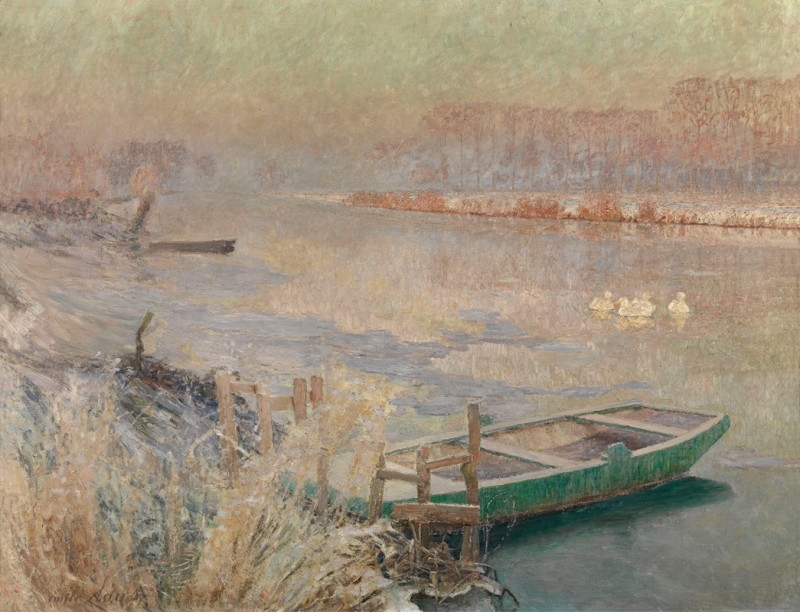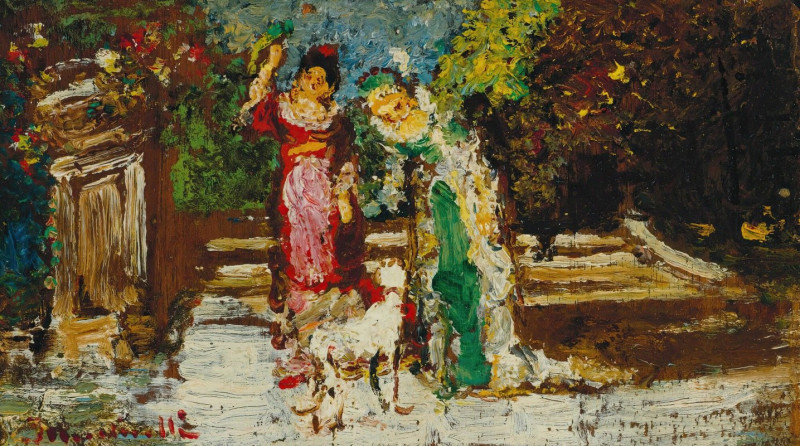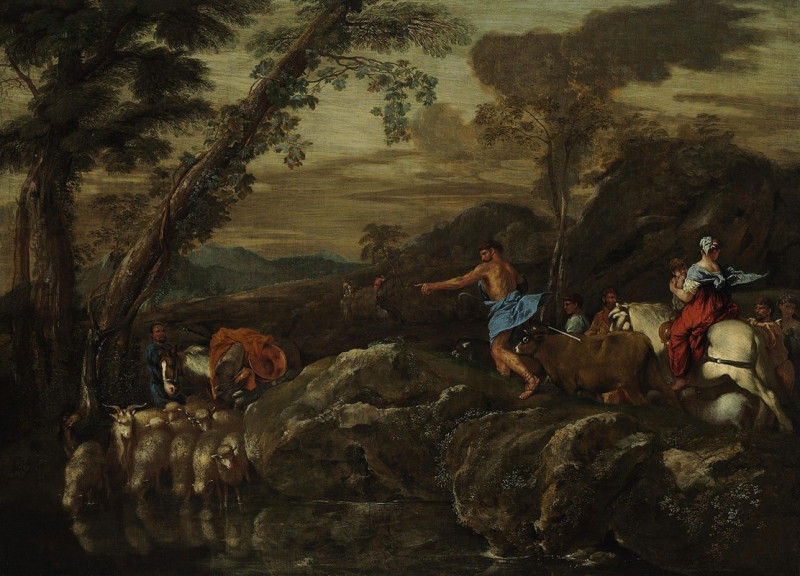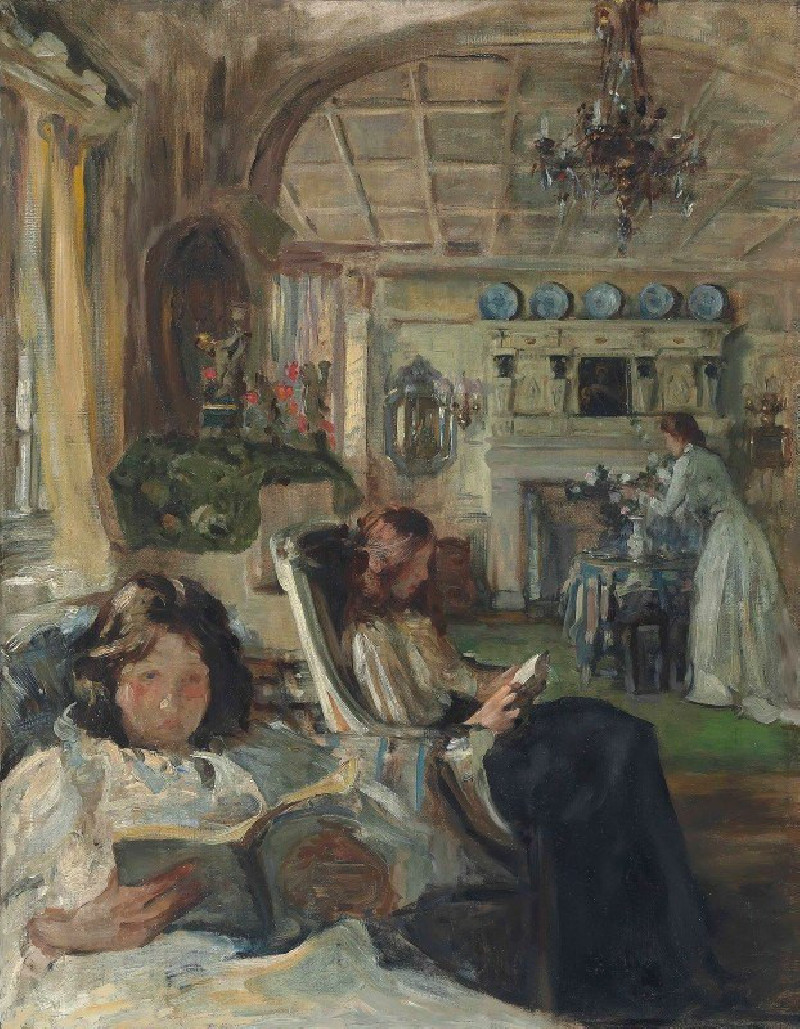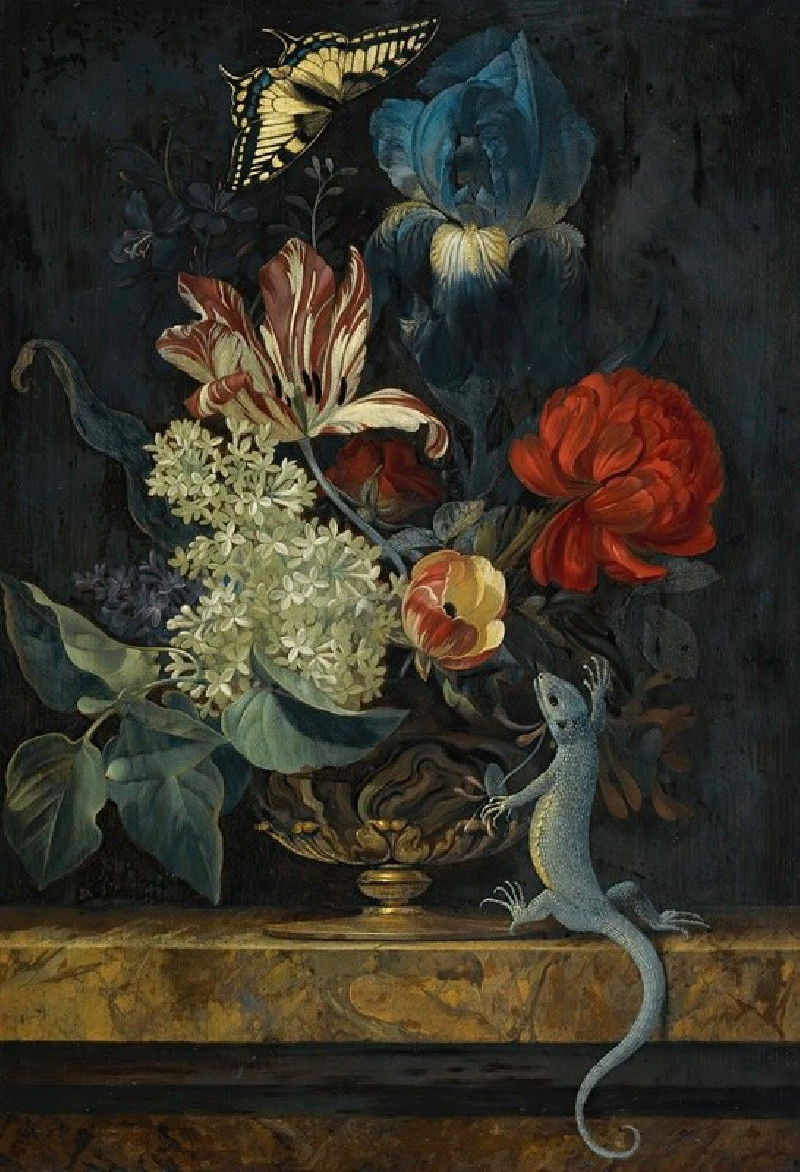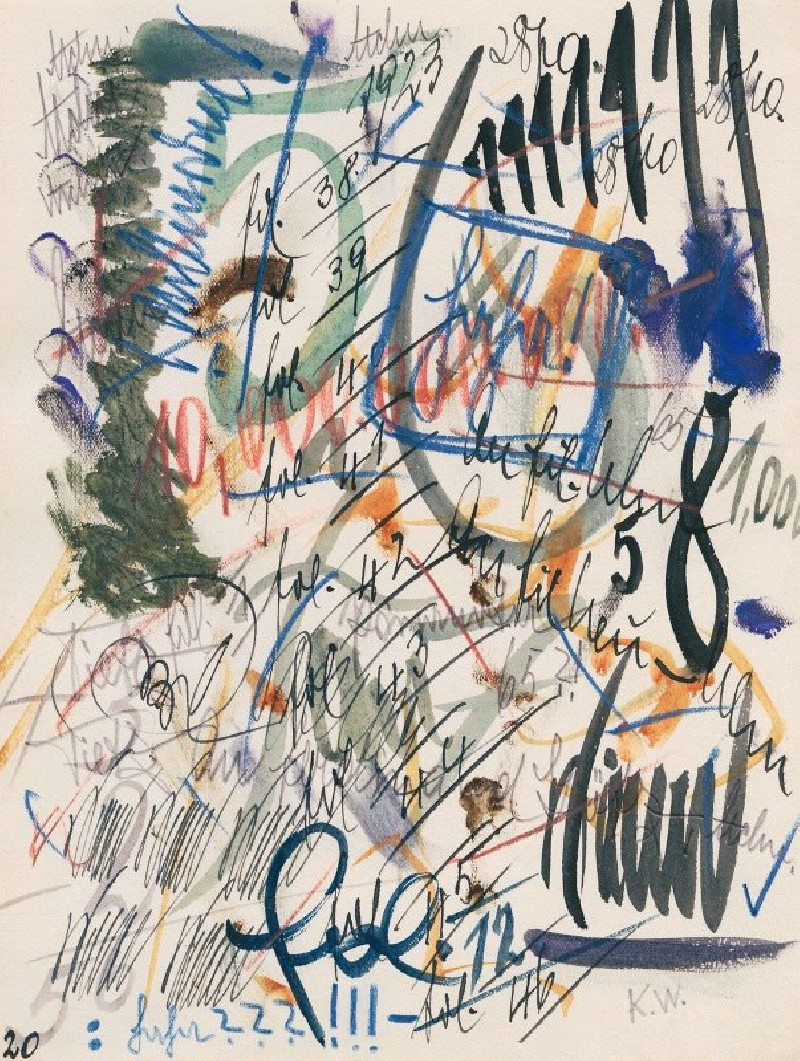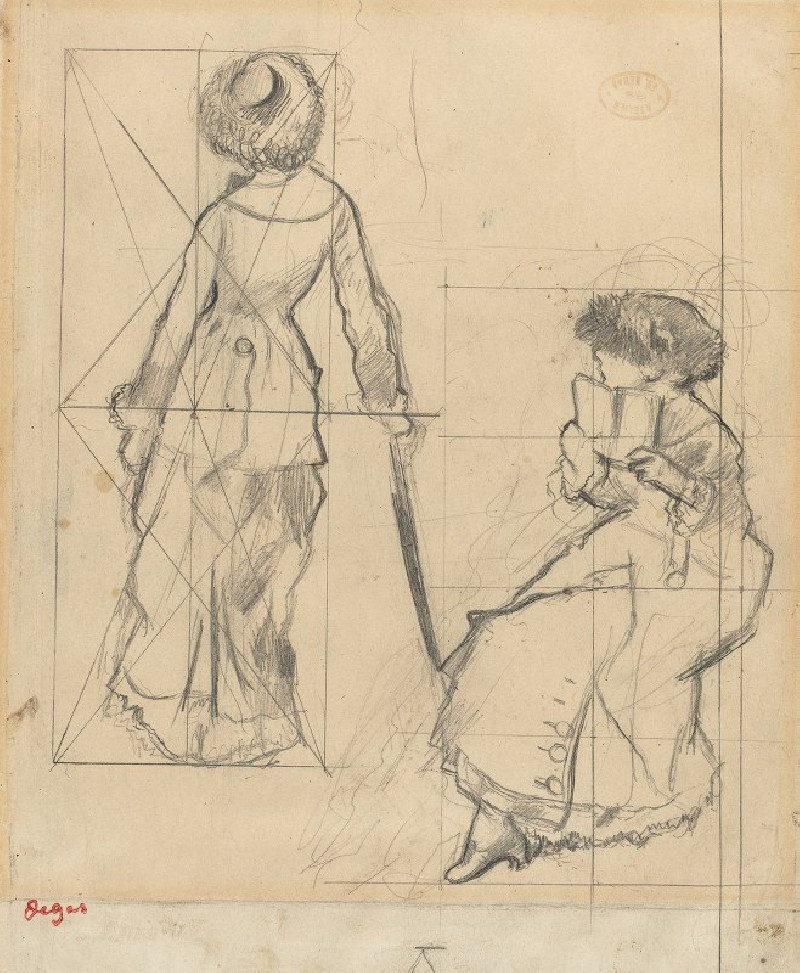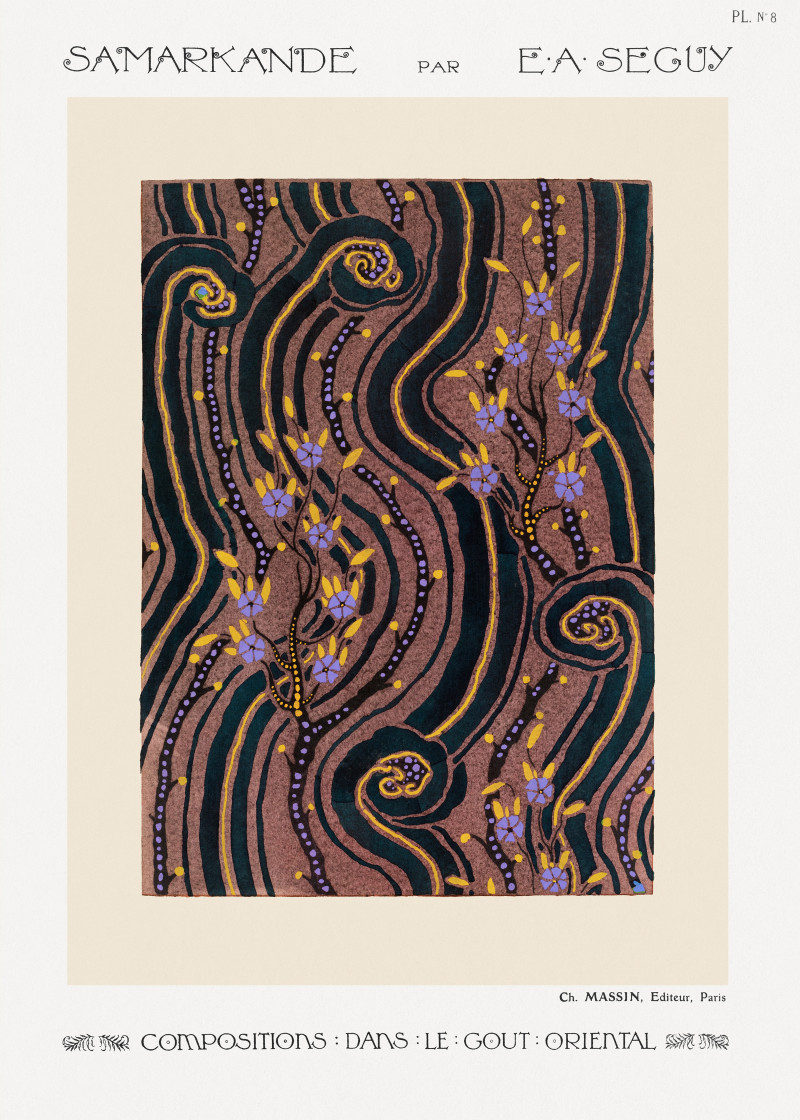Farbstudien, 10 Blätter IV (1923)
Technique: Giclée quality print
Recommended by our customers
More about this artwork
Immerse yourself in the mesmerizing world of color and emotion with Karl Wiener's stunning painting, "Farbstudien, 10 Blätter IV," created in 1923. This captivating piece is a profound exploration of color theory and abstraction, showcasing Wiener's expert use of watercolor techniques to blend and define hues in a harmonious dance of color.The painting captures a vibrant spectrum, with deep blues and serene violets cascading into cheerful yellows and subtle greens, evoking a sense of depth and movement that seems to breathe life into the composition. The central forms in the painting, outlined by the richest blue, suggest a leakage or a merging of realms, as colors bleed and overlap with both force and gentleness.Karl Wiener's mastery in handling watercolors is evident in the fluidity and transparency achieved in this piece, creating a visual experience that is simultaneously bold and soothing. The artwork's edges are softened, allowing the colors to extend beyond traditional boundaries, inviting the viewer to ponder the interactions between color, form, and emotion.

